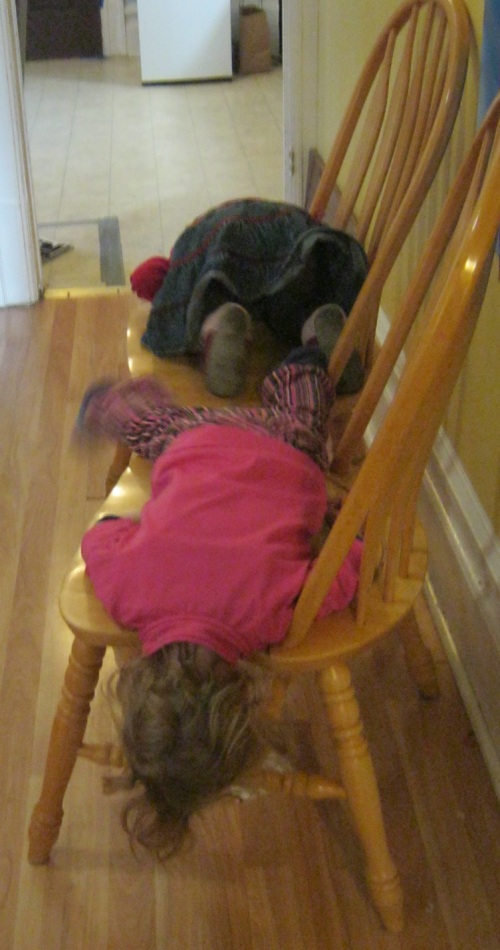
http://www.designplaystudio.com/?p=658
A very interesting blogpost by Sheila from Design Play Studio. She states that toys should be simple to allow children to 'do things'.
She arguments this by explaining two theories; Architect Simon Nicholson’s Theory of Loose Parts and psychologist James J. Gibson’s Theory of Affordances.
Nicholson's Theory of Loose Parts:
'in any environment, both the degree of inventiveness and creativity and the possibilities of discovery are directly proportional to the number and kind of variables in it.'
In short: the more stuff there is to experiment with, the more experimenting one can do.
We see the opposite of this quite a bit in toys and playspaces designed for children. For example, if a playground or exhibit has all fixed components with only one or two ways they can be manipulated, then there are usually about one or two things children can do or learn. In Sheila's experience, these fixed components are often broken by children who are interpreting a hands-on design as something to use when it was actually only intended to demonstrate. The most successful exhibits and spaces for children are those that support children in playing, experimenting and learning. To do so, they must have props and loose parts that can be manipulated in creative (not just predetermined) ways.
Gibson's Theory of Affordances:
By his definition, an affordance is a “quality of an object, or an environment, that allows an individual to perform an action.”
For example, a tree is climbable only when it’s of a scale that the person assessing it can climb. It is a functional view of the built and natural environment and this functional perspective is how children assess the world around them. Children view the physical world through affordances. Simply stated, what does the environment offer me the ability to do? Ever wonder why kids climb on statues, benches, and other things they “shouldn’t?” Its because if the object is scaled so that a child can climb it a child reads the object as climbable, or for climbing. It’s a really different way of looking at the world than how us adults do, and makes a lot of sense once you open your eyes to it (although every skateboarder I know still views the world this way). So, what does this mean for design? In my experience, this means that the best designs for children are developed from a functional framework. The process begins by asking “what is it that we want children to be able to do here, and how to we make sure that this environment supports these actions?” This may sound obvious, but if form is held above function, an exhibit or toy can end up looking very flashy and sophisticated and fool us adults into thinking it supports a child’s learning. On first glance however, children quickly assess whether or not it supports action and experimentation. And as children learn best by doing, supporting these pursuits is no small matter.

Geen opmerkingen:
Een reactie posten